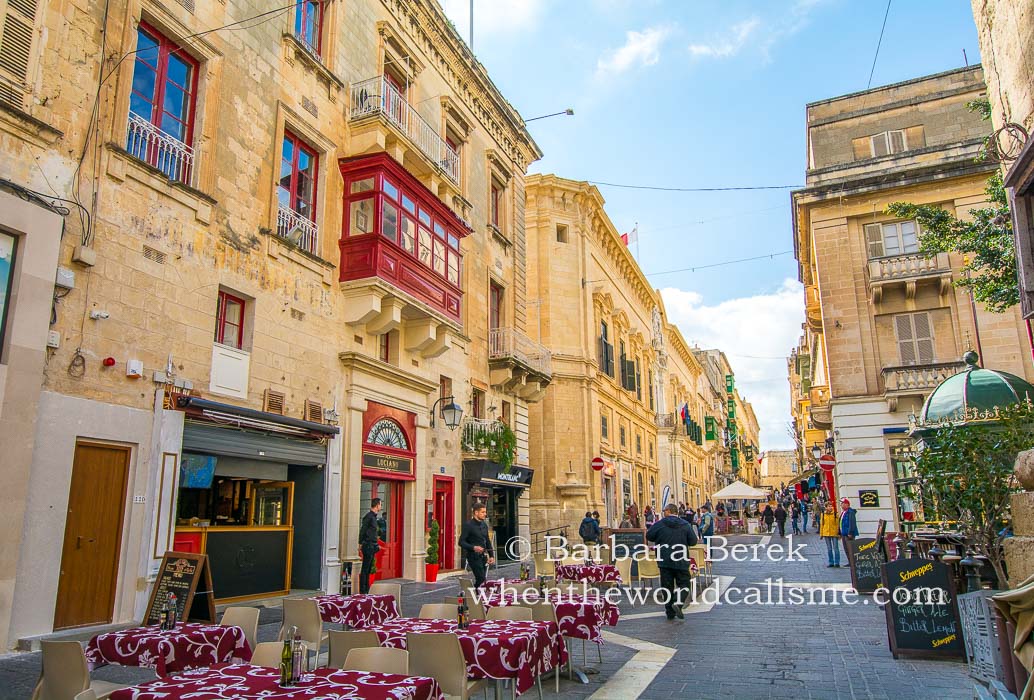I am a passionate enthusiast of travel, archeology, photography and dancing 🙂 On this page I try to combine the first three elements: P and show you that travelling becomes definitely more interesting when we discover visited places, and often inconspicuous ruins hide the most fascinating stories 🙂
Protected: La Valletta, Great Siege of Malta and Knights of Malta

